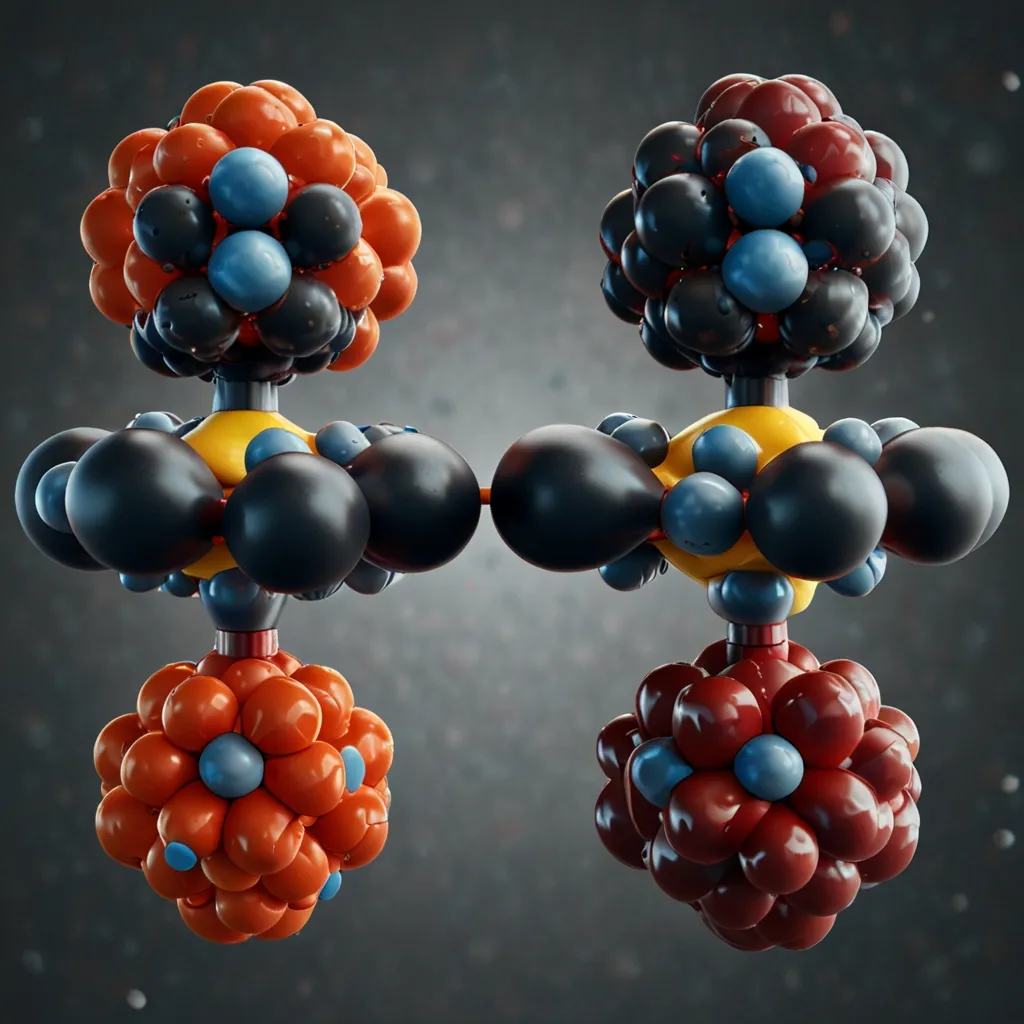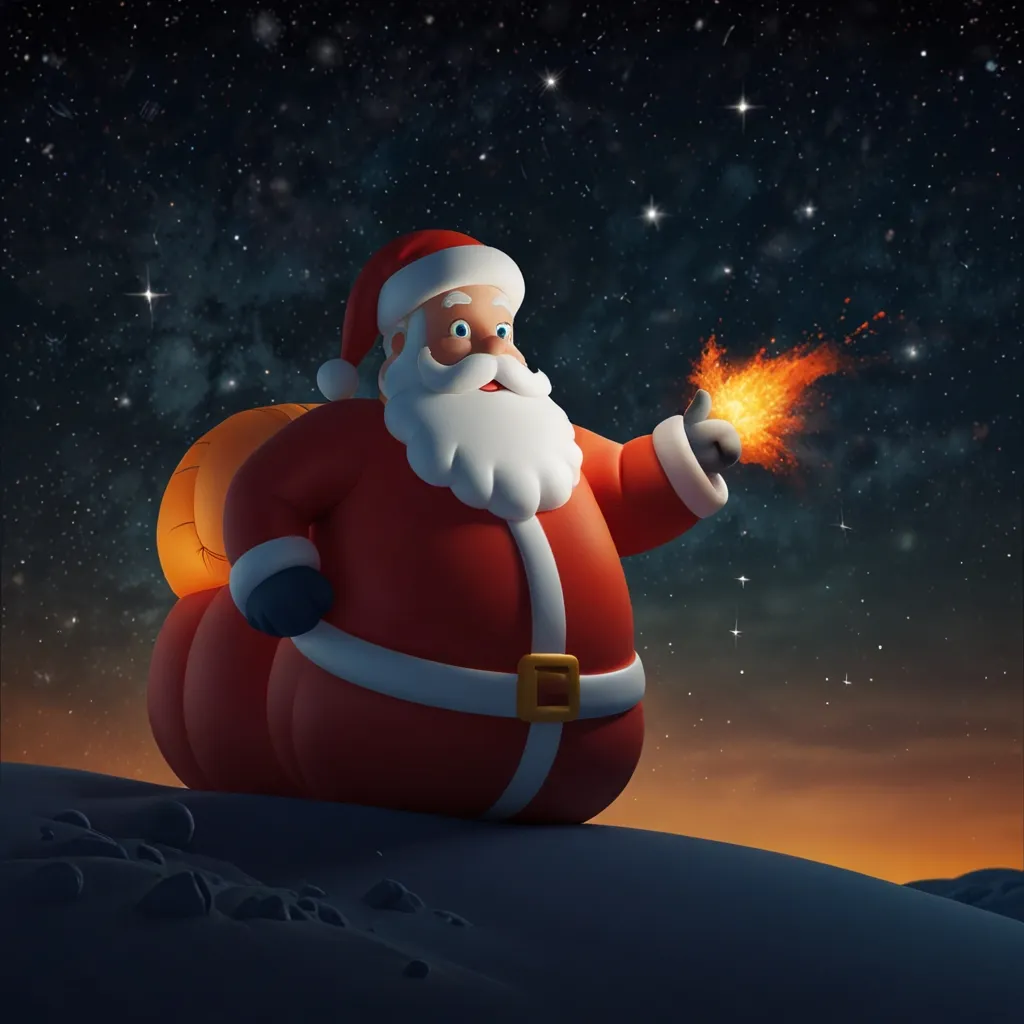In ancient Egypt, the sun was revered as the powerful god Ra, the master of the skies, and a symbol of life. Similarly, many tribes across ancient North America held the sun in high esteem, respecting its light, warmth, and life-giving energy. But while we appreciate these anthropomorphic views, the sun isn’t here just for our benefit. Its existence is a relentless battle against gravity, a fight to survive that creates its incredible energy.
The sun’s creation of energy isn’t like the brief burning of a log in a fireplace. Instead, it generates power through a spectacularly efficient, long-lasting process. So, what’s going on inside the sun, and how does it produce so much energy? Let’s delve into this fascinating phenomenon.
Centuries ago, scientists might have likened the sun’s energy to that of a burning log, where a chemical reaction between wood and oxygen produces heat and light. However, the sun’s mass and energy output vastly surpass these humble fires.
To put it in perspective, if every person on Earth simultaneously turned on a million 100-watt bulbs, the combined brightness would still be 10 billion times less than the sun’s luminosity. The sun produces about 384 septillion watts of energy, but we know this process can’t be the same as burning wood, which would have only lasted 20,000 years. In contrast, we know the sun is about 4.5 billion years old. So, what’s the real source of the sun’s energy?
Einstein’s famous equation, E = MC^2, tells us that energy (E) is equal to mass (M) times the speed of light (C) squared. This equation reveals that mass and energy are interchangeable; a small amount of mass can convert into a tremendous amount of energy. However, the sun doesn’t convert all its mass directly into energy. It utilizes fusion, a stellar process where approximately 0.7% of its mass is transformed into energy.
In the sun’s core, extreme temperatures and pressures enable hydrogen atoms to fuse, forming helium. This fusion process converts mass into energy, producing the sunlight we see every day. But why don’t those positively charged hydrogen nuclei repel each other? This is where quantum mechanics comes into play, allowing particles to “borrow” energy momentarily to overcome barriers—a phenomenon known as quantum tunneling.
Fusion begins when two protons merge, occasionally one transforms into a neutron via beta decay, resulting in deuterium, an isotope of hydrogen. Eventually, deuterium nuclei can combine to form helium, releasing energy at each step. This cycle transforms four hydrogen nuclei into one helium nucleus, with a slight loss in mass. This missing mass converts into energy, in line with Einstein’s equation, fueling the sun’s radiant power.
On a deeper level, the stability of helium nucleons compared to individual hydrogen nucleons is due to the stronger binding energy within helium’s nucleus. This binding energy, resulting from quark interactions mediated by gluons, reduces the mass and releases energy.
In summary, the sun’s energy results from fusion and the intricate dance of quantum particles within its core. As it produces energy, the sun defies collapse by balancing gravity with outward pressure. And though the sun will eventually exhaust its fuel and shrink into a white dwarf, it will continue shining brightly for billions of years, sustaining life on Earth.
So, as we enjoy another beautiful sunny day, let’s reflect on the sun’s incredible journey and its vital importance to our existence. And perhaps take a moment to appreciate the cosmic battle happening 93 million miles away, powering our lives one photon at a time.






